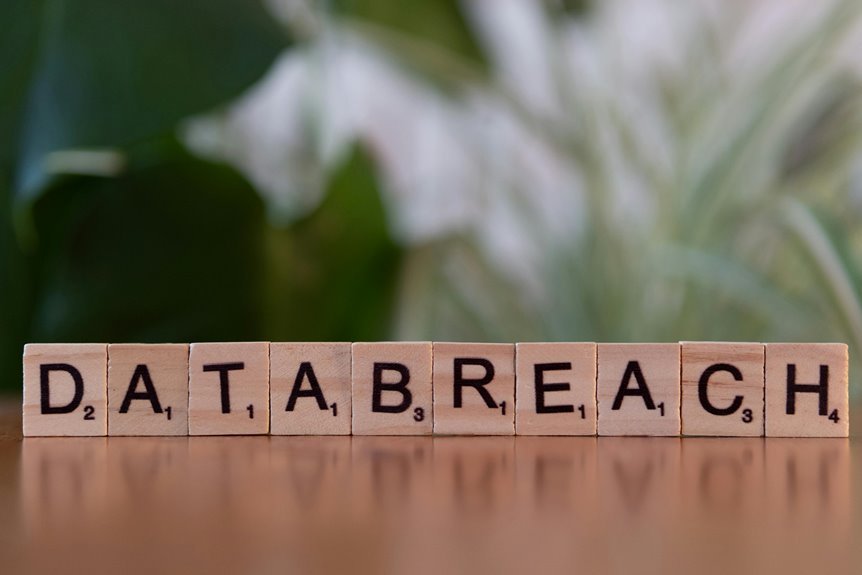Security and Risk Regulation 2: 5139381228, 5596001337, 9785526250, 8445485590, 2406162255, 8152716290
Consider how a simple identifier like 5139381228 can influence your organization’s security strategy. These unique codes are more than just numbers; they enable precise tracking of vulnerabilities and compliance efforts. Understanding their significance is crucial for effective risk management. What frameworks can you implement to leverage these identifiers effectively, and which best practices will bolster your security measures? The answers could redefine your approach to risk regulation.
Overview of Security and Risk Regulations
Security and risk regulations serve as critical frameworks designed to protect organizations and their stakeholders from potential threats.
By conducting thorough risk assessments, you can identify security threats that may jeopardize your operations.
These regulations not only guide your response strategies but also empower you to create a resilient environment.
Understanding and implementing these frameworks fosters safety while promoting organizational freedom and responsibility.
Key Identifiers and Their Significance
While navigating the complex landscape of security and risk regulations, understanding key identifiers is essential for effective risk management.
Identifier types, such as unique codes and reference numbers, play a crucial role in tracking and assessing risks.
Through significance analysis, you can pinpoint vulnerabilities and enhance your strategies, ensuring you maintain your freedom while complying with necessary regulations.
Accurate identification is your cornerstone for success.
Frameworks for Compliance and Risk Management
To effectively navigate compliance and risk management, organizations must adopt structured frameworks that align with their specific regulatory requirements.
Compliance frameworks provide a roadmap for ensuring adherence to laws, while risk assessment tools help identify vulnerabilities.
Best Practices for Enhancing Security Measures
Implementing structured frameworks for compliance and risk management sets the stage for enhancing security measures within your organization.
Prioritize cyber hygiene by regularly updating software and training employees on security best practices.
Conduct frequent security audits to identify vulnerabilities and ensure compliance.
Conclusion
In navigating the complex landscape of security and risk regulation, remember the importance of those unique identifiers, much like the threads in a spider’s web. Each code strengthens your ability to detect vulnerabilities and enhance compliance. By embracing best practices and established frameworks, you’re not just protecting your organization; you’re creating a resilient fortress against potential threats. As you move forward, let these identifiers guide your strategies, ensuring that safety and security remain at the forefront of your mission.






